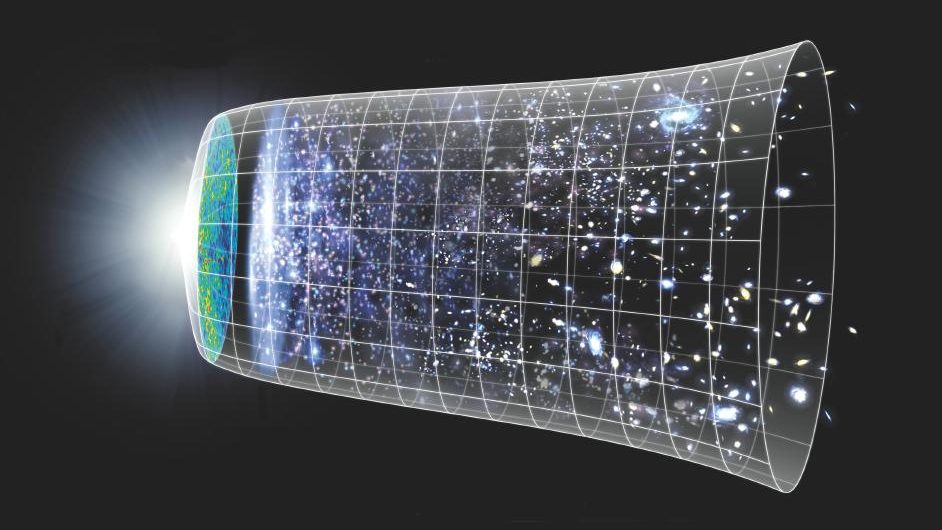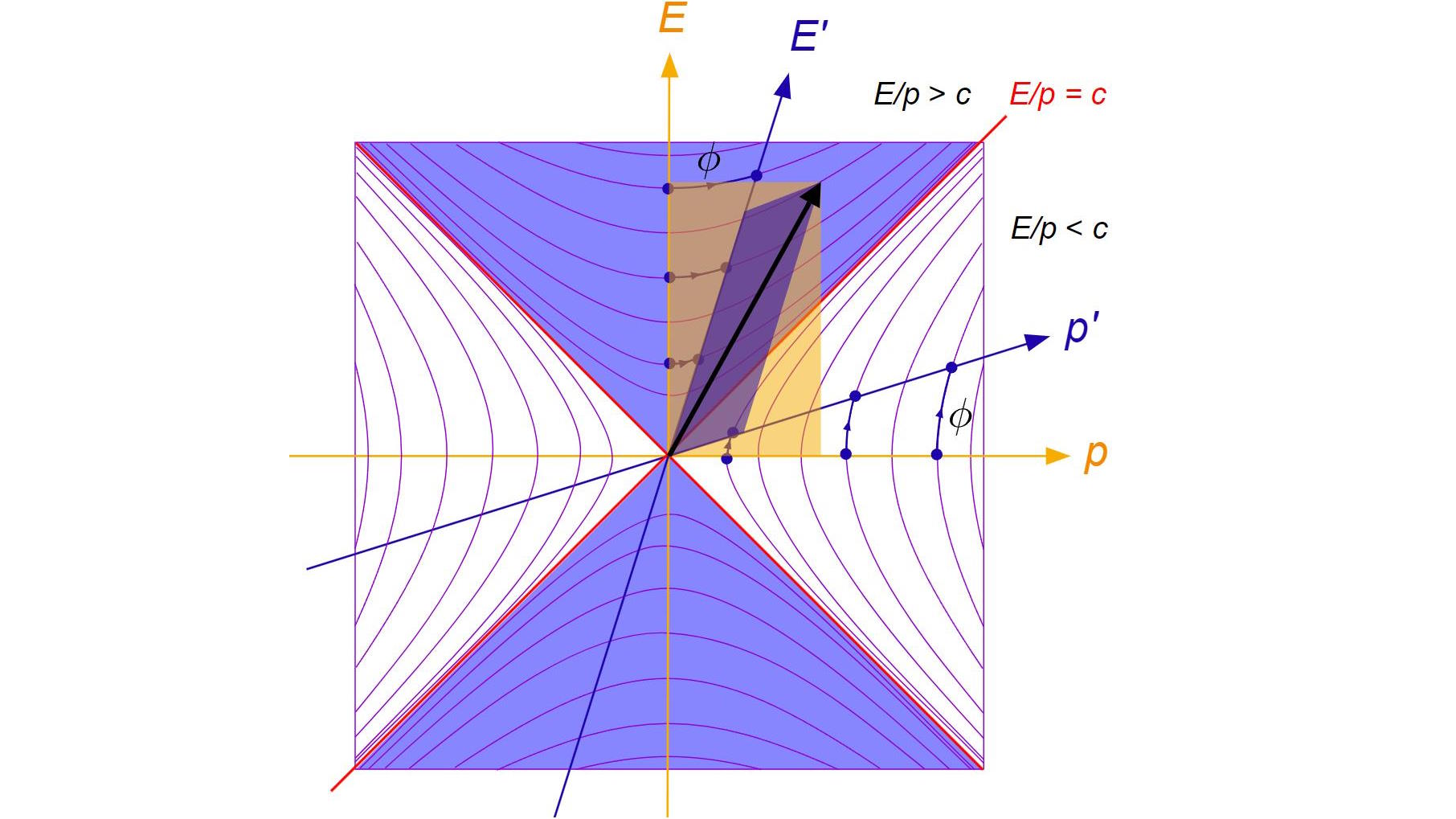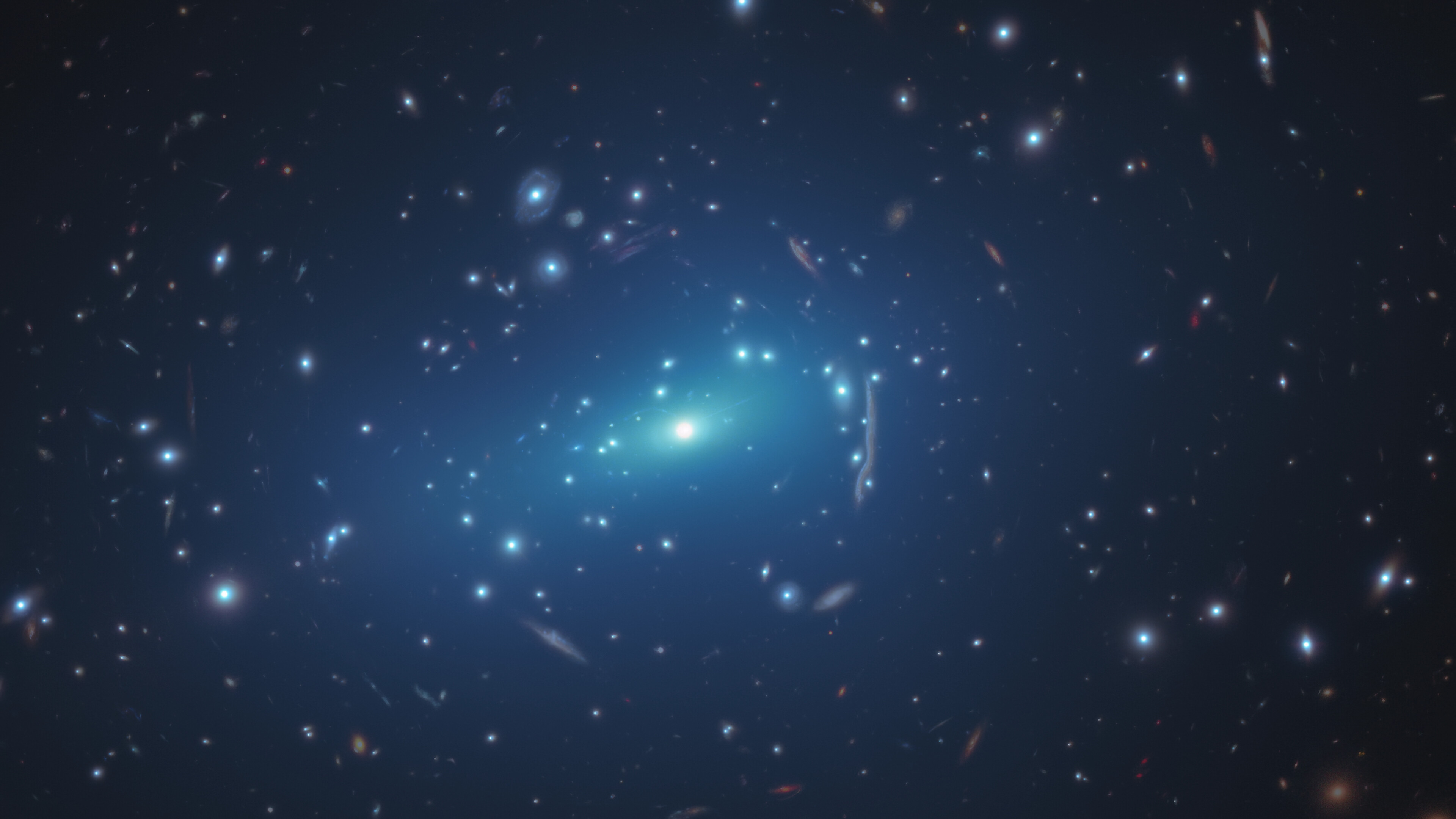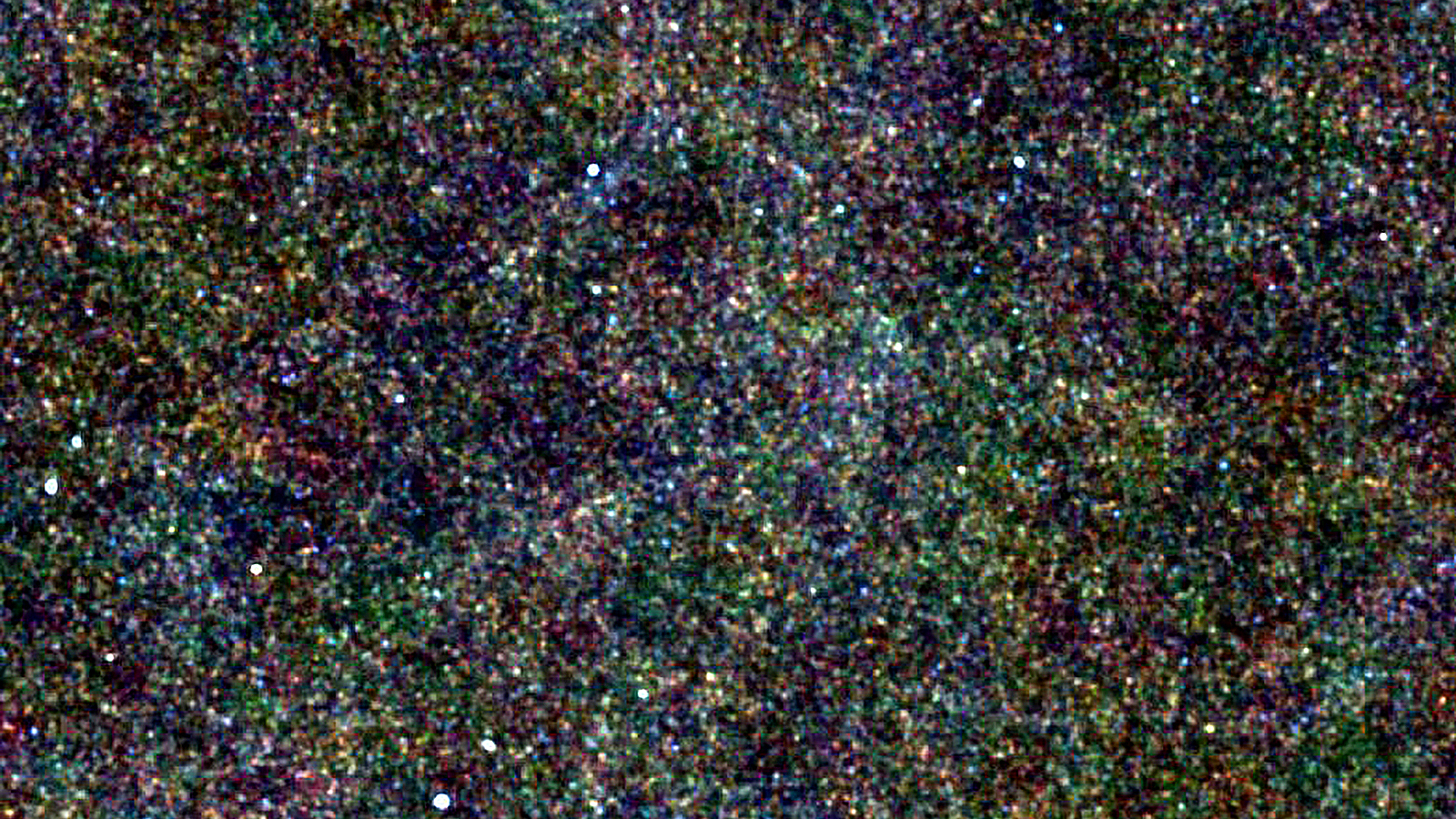The 5th brightest star in our night sky is young, blue, and apparently devoid of massive planets. New JWST observations deepen the mystery.
Whether your hair is straight, wavy, curly, or kinky isn’t just genetic in nature. It depends on the physics of your hair’s very atoms.
One of the 20th century’s most famous, influential, and successful physicists is lauded the world over. But Feynman is no hero to me.
Due to chaos, it was long thought that planets couldn’t stably orbit systems containing three stars. GW Orionis is the first counterexample.
Mars and Earth were sister planets in many ways, with early similar conditions. Why did Mars die? The leading explanation isn’t universal.
NASA’s space telescopes and observatories bring humanity unrivaled science images and scientific discoveries. Here’s what should be next.
In the year 1181, a “guest star” was recorded in the constellation of Cassiopeia. Its modern supernova remnant is weirder than we imagined.
Almost everyone asserts that the Big Bang was the beginning of everything, followed by inflation. Has everyone gotten the order wrong?
Many mavericks look to Einstein as a unique figure, whose lone genius revolutionized the Universe. The big problem? It isn’t true.
Beyond stars, galaxies, and gravity, studying the fundamental workings of nature reveals widely applicable lessons for learners everywhere.
More than two years after JWST began science operations, our Universe now looks very different. Here are its biggest science contributions.
What are dark matter and dark energy? The large-scale structure of the cosmos encodes them both, with ESA’s Euclid mission leading the way.
The most common visual depictions of the history of the Universe show the Big Bang as a growing tube with an “ignition” point. Why is that?
The fabric of spacetime is four-dimensional, with three for space and only one for time. But wow, time sure is different from space!
Could life be widespread throughout the cosmos, in the subsurface oceans of ice-covered worlds? NASA’s Europa Clipper mission investigates.
An in-depth interview with astronomer Kelsey Johnson, whose new book, Into the Unknown, explores what remains unknown about the Universe.
There are a number of factors to consider when choosing where to build a telescope. These 3 locations, on their merits, surpass all others.
The Universe changes remarkably over time, with some entities surviving and others simply decaying away. Is this cosmic evolution at work?
Black holes encode information on their surfaces, but evaporate away into Hawking radiation. Is that information preserved, and if so, how?
Artificial intelligence is much more than image generation and smart-sounding chatbots; it’s also a Nobel-worthy endeavor rooted in physics!
National Geographic’s first James Webb Space Telescope book shows us the cosmos like never before.
The earliest Milky Way-like galaxy, REBELS-25, was spotted rotating about its axis. It’s only 700 million years old: 5% of our present age.
Interferometry gave us a black hole’s event horizon, but that was in the radio. What can we accomplish with a new optical interferometer?
Today, the deepest depths of intergalactic space aren’t at absolute zero, but at a chill 2.73 K. How does that temperature change over time?
The Universe has been creating stars for nearly all 13.8 billion years of its history. But those photons can’t match the Big Bang’s light.
Comet A3, also known as Comet Tsuchinshan-ATLAS, has sprung to life since 2024’s last equinox. Here’s how to catch the show for yourself.
In theory, dark matter is cold, collisionless, and only interacts via gravity. What we see in ultra-diffuse galaxies indicates otherwise.
The Parker Solar Probe is about to undergo its seventh encounter with Venus on its journey toward the Sun. Here’s how fast it’ll go.
In all directions, at great distances, the Universe looks younger, more uniform, and less evolved. Does that mean Earth must be the center?
Time is relative, not absolute, as gravity and motion both cause time to dilate. Your head and feet, therefore, don’t age at the same rate.





























